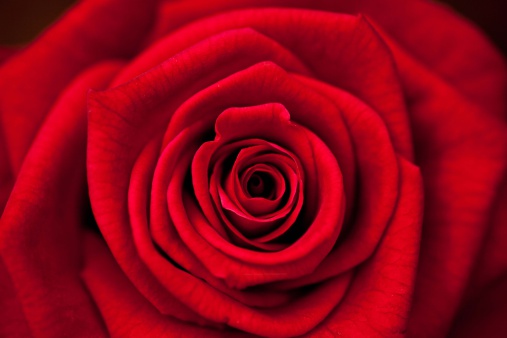
If you were putting off shopping for Valentine’s Day, then it’s time to wake up and smell the roses.
Almost 40% of American consumers will buy flowers for the holiday, spending a total of $2.1 billion, according to a National Retail Federation survey. More than 60% of those purchases will be roses, the Society of American Florists says. Here are five things to know if you are buying flowers.
Red roses are more expensive now.
Red roses—especially the long-stemmed kind—are considered “overpriced” around Valentine’s Day thanks to high demand and consumers’ willingness to pay. As TIME reported earlier this week:
While wholesale prices vary depending on location, florists say they typically pay twice as much for roses in early February than they do at most other times of year. Increased transportation costs and extra labor are among the reasons often given for why rose prices are inflated around now.”
Think pink (or white).
Florist Bridget Carlson of Ashland Addison Florist Company in Chicago says, “white roses are absolutely stunning, and often the pink roses come a little bit more fragrant.”
Tropical and spring flowers are popular alternatives to roses.
If you’re looking to branch out from the typical red roses, there are plenty of options. Carlson also suggests calla lilies, tulips to get people looking forward to spring. The Society of American Florists recommends hydrangeas, gardenias, freesia, hyacinths, and succulents, as well, while alstroemerias and daisies are some of the most popular purchases for Valentine’s Day on the website 1-800 Flowers.
Put the flowers in a Mason jar.
Channel your dream Pinterest board by putting flowers in a Mason jar, giant apple juice bottle, funky glass container, or adapting whatever you might have around the house since professional arrangements can drive up the cost.
Men like flowers, too.
Orchids are great plants to send to men so they can put them in their offices, Carlson says.
LIST: 6 Totally Unromantic Truths about Valentine’s Day Spending
Tiny Beauties: Life's Smallest Wonders As Seen Through a Microscope




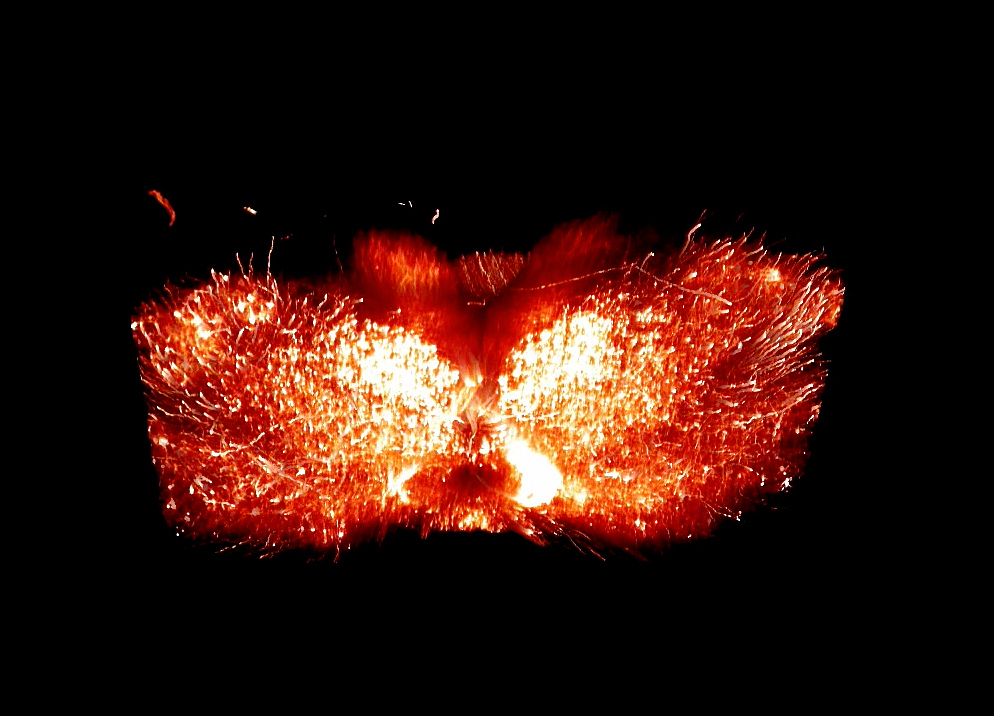

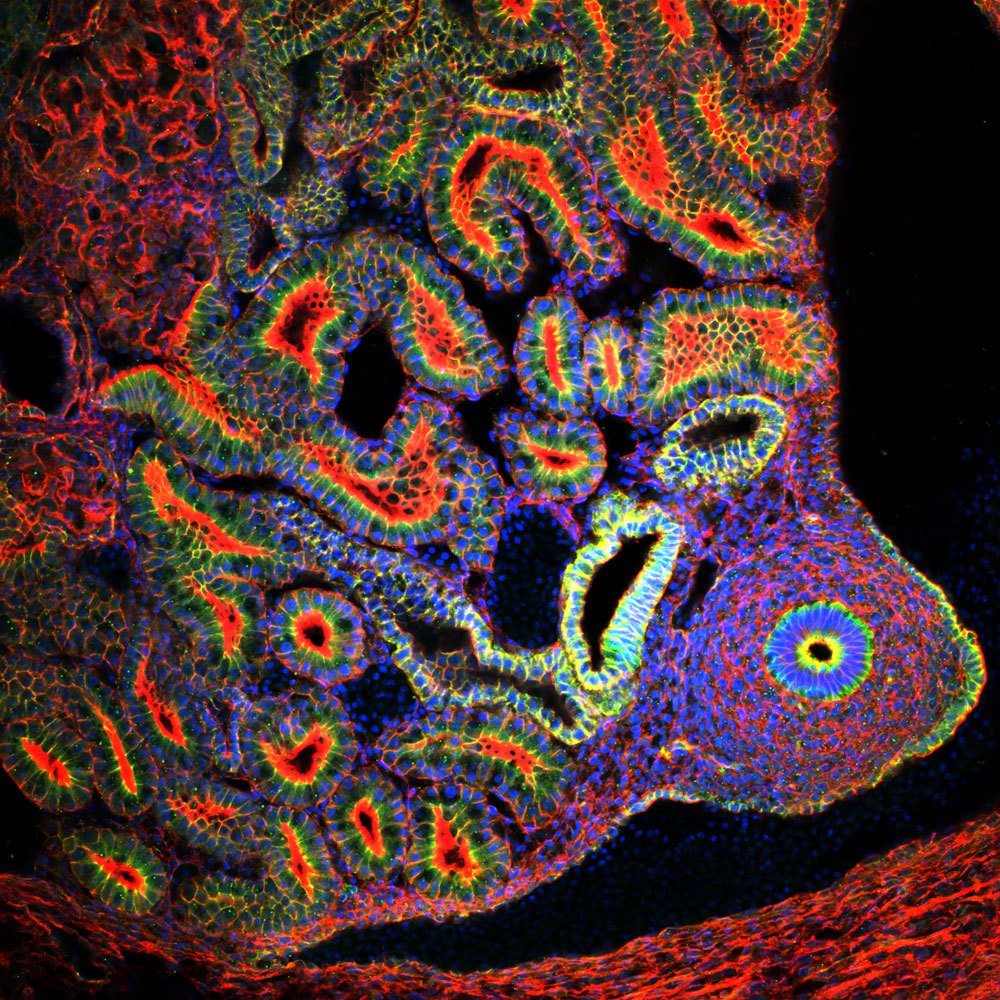
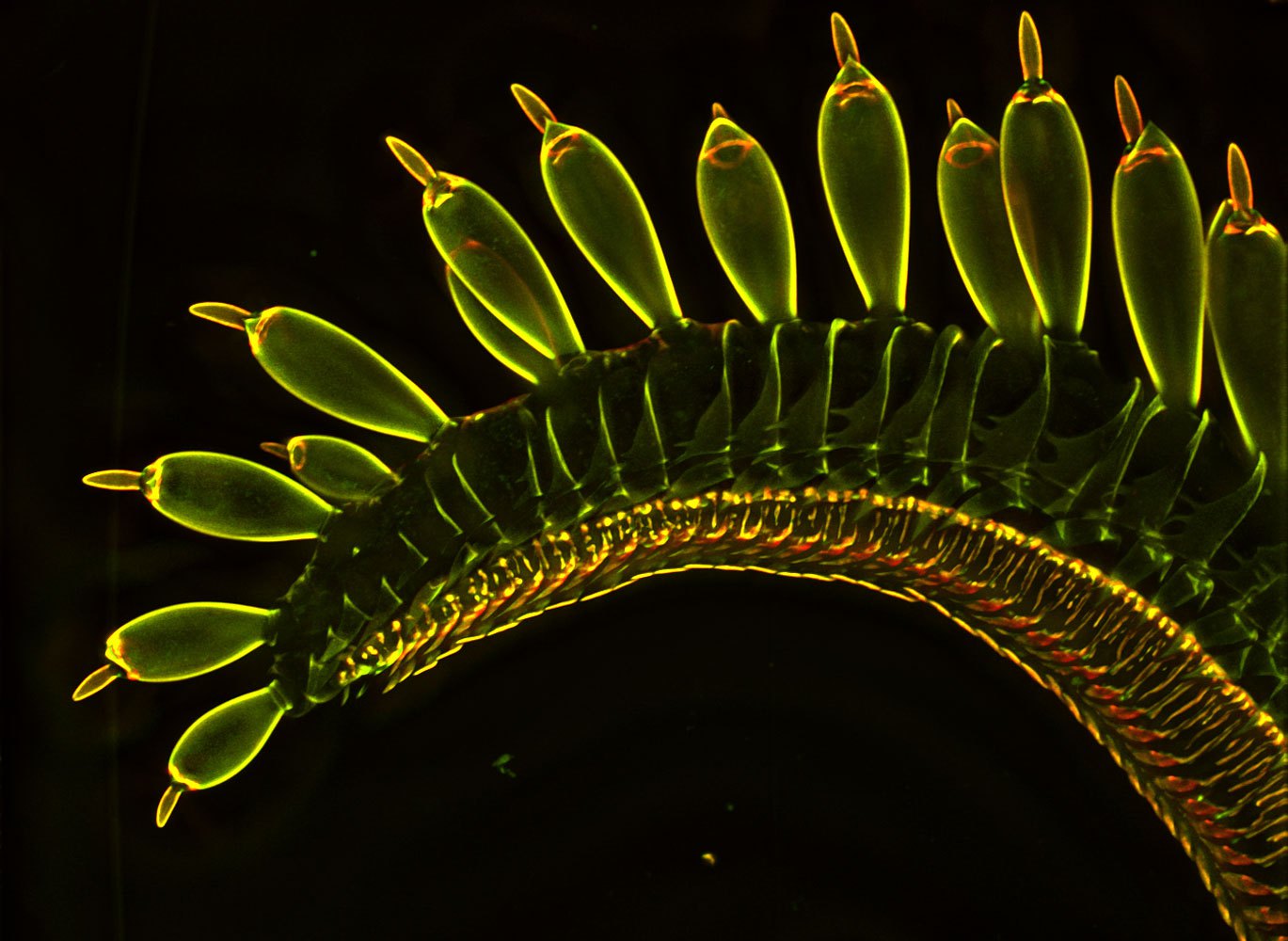
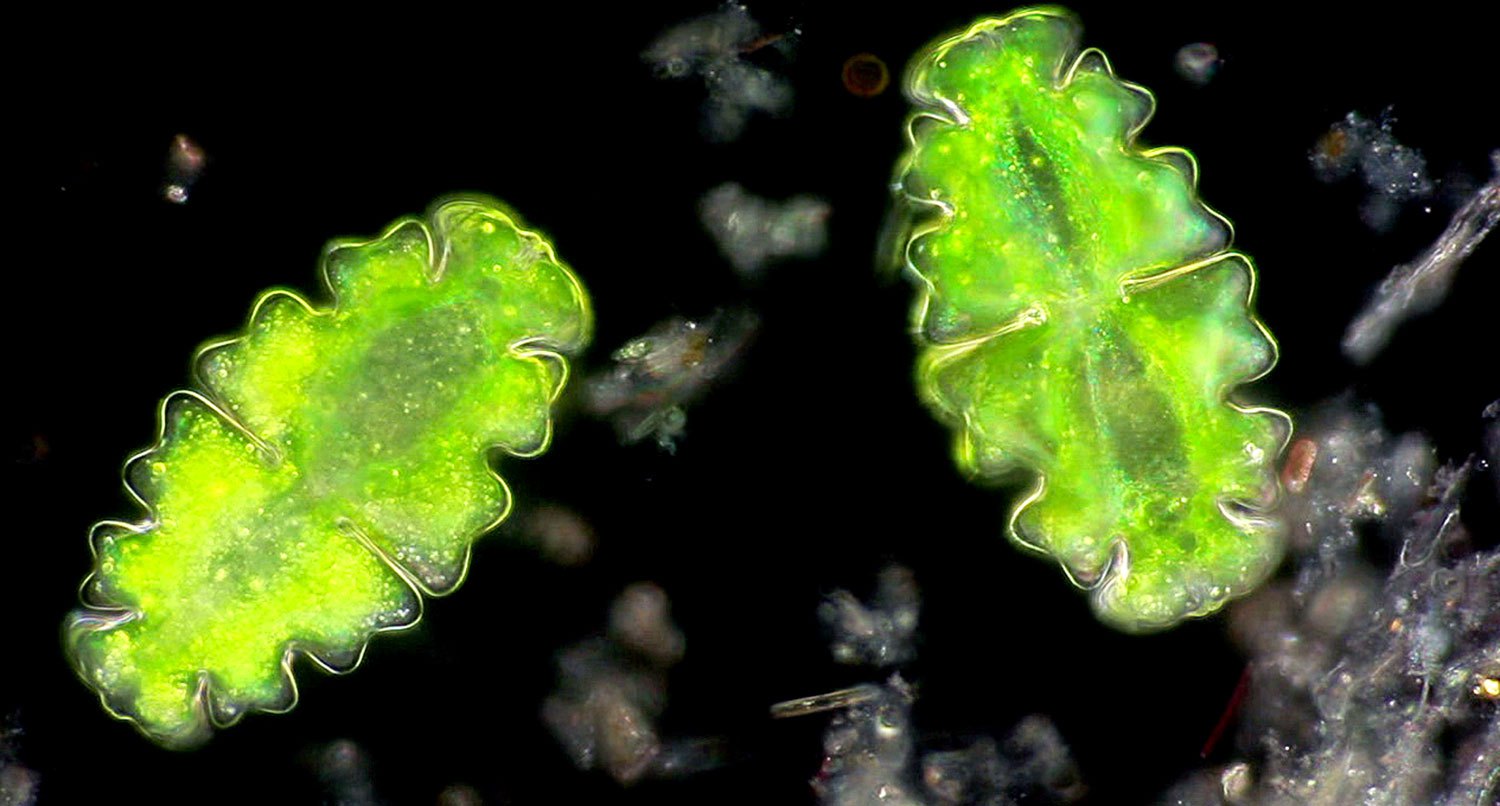
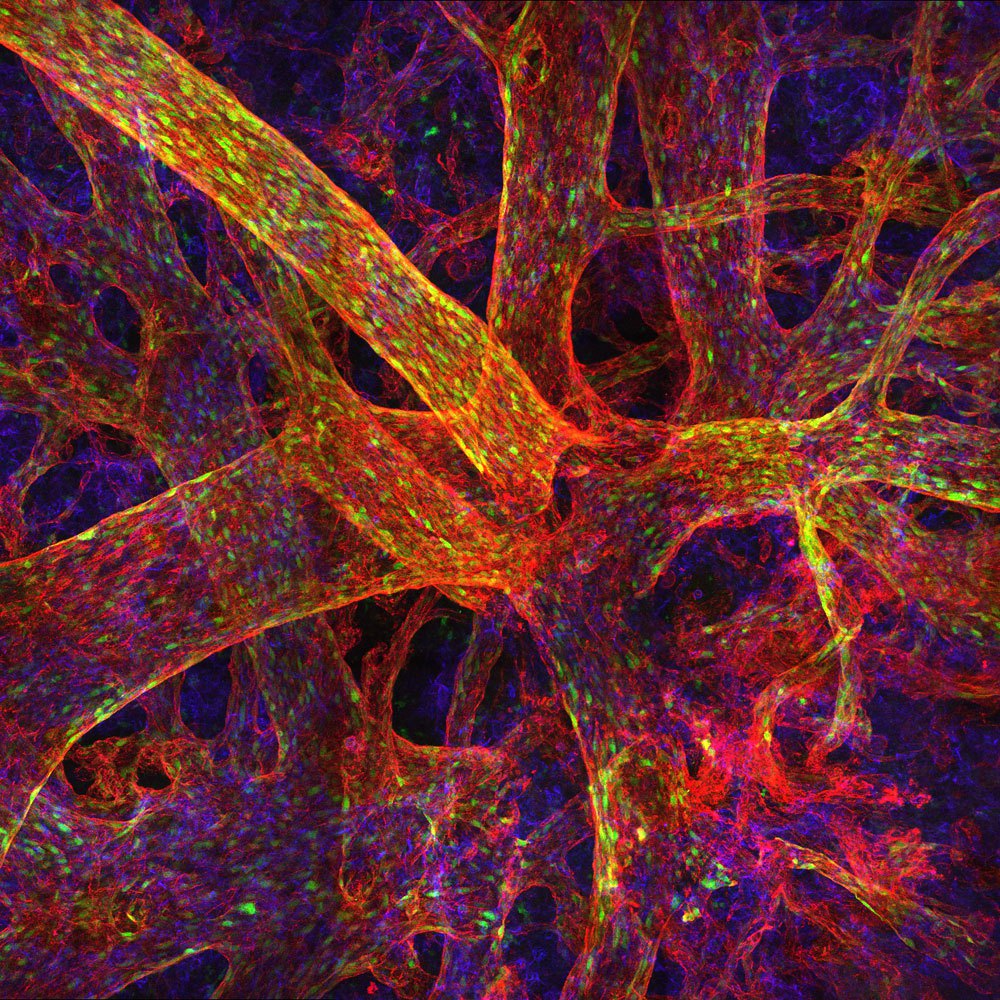
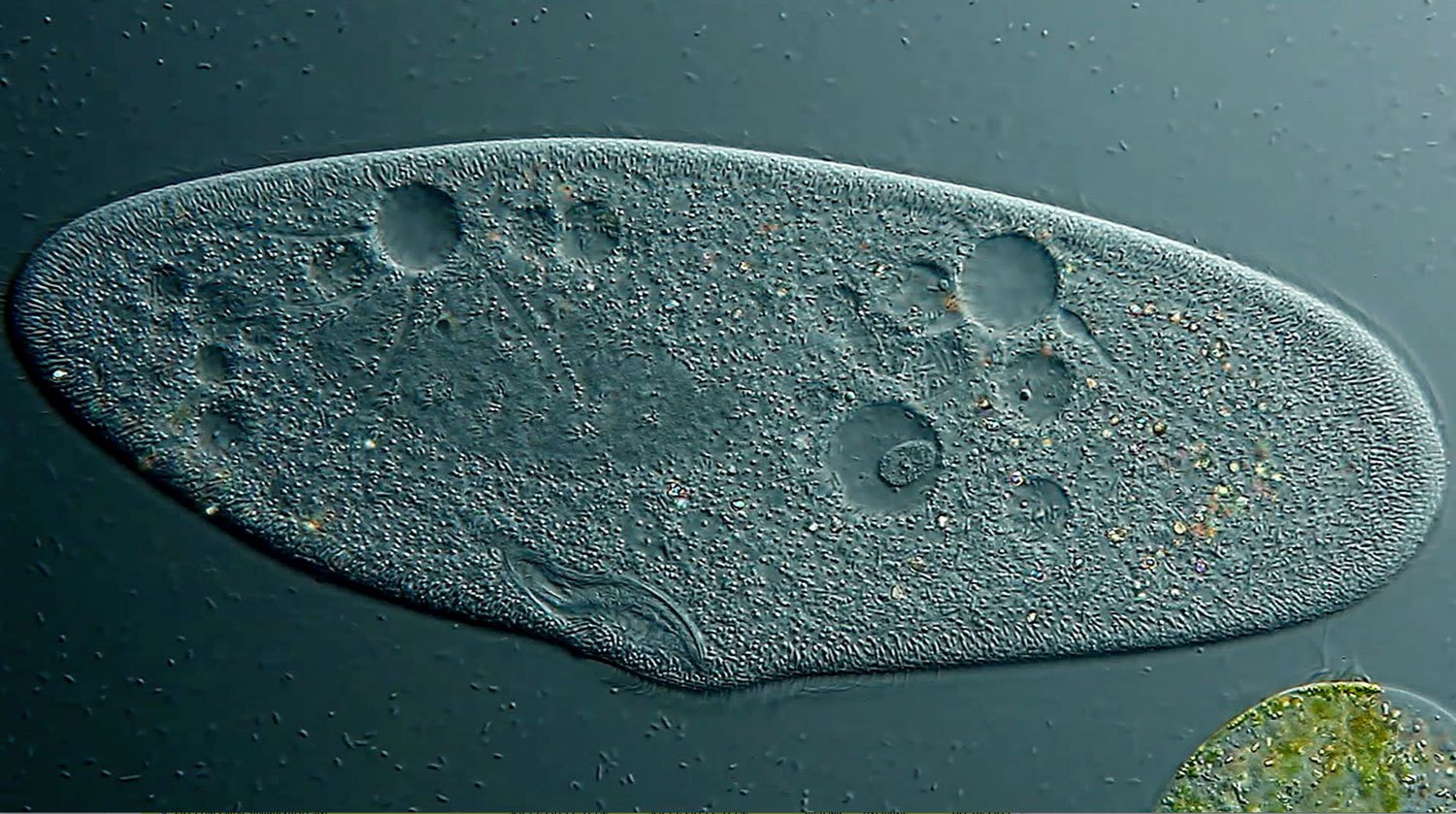


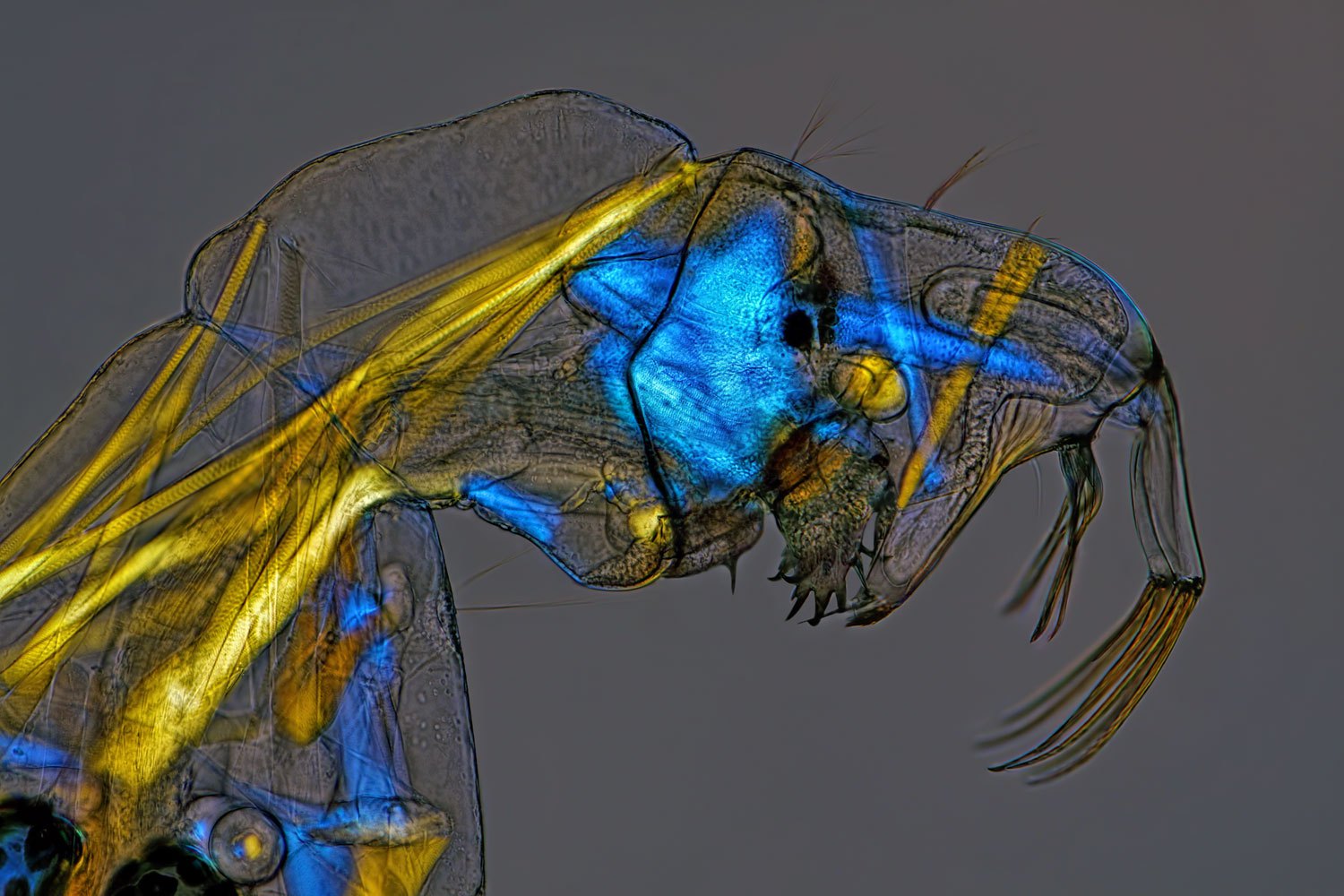
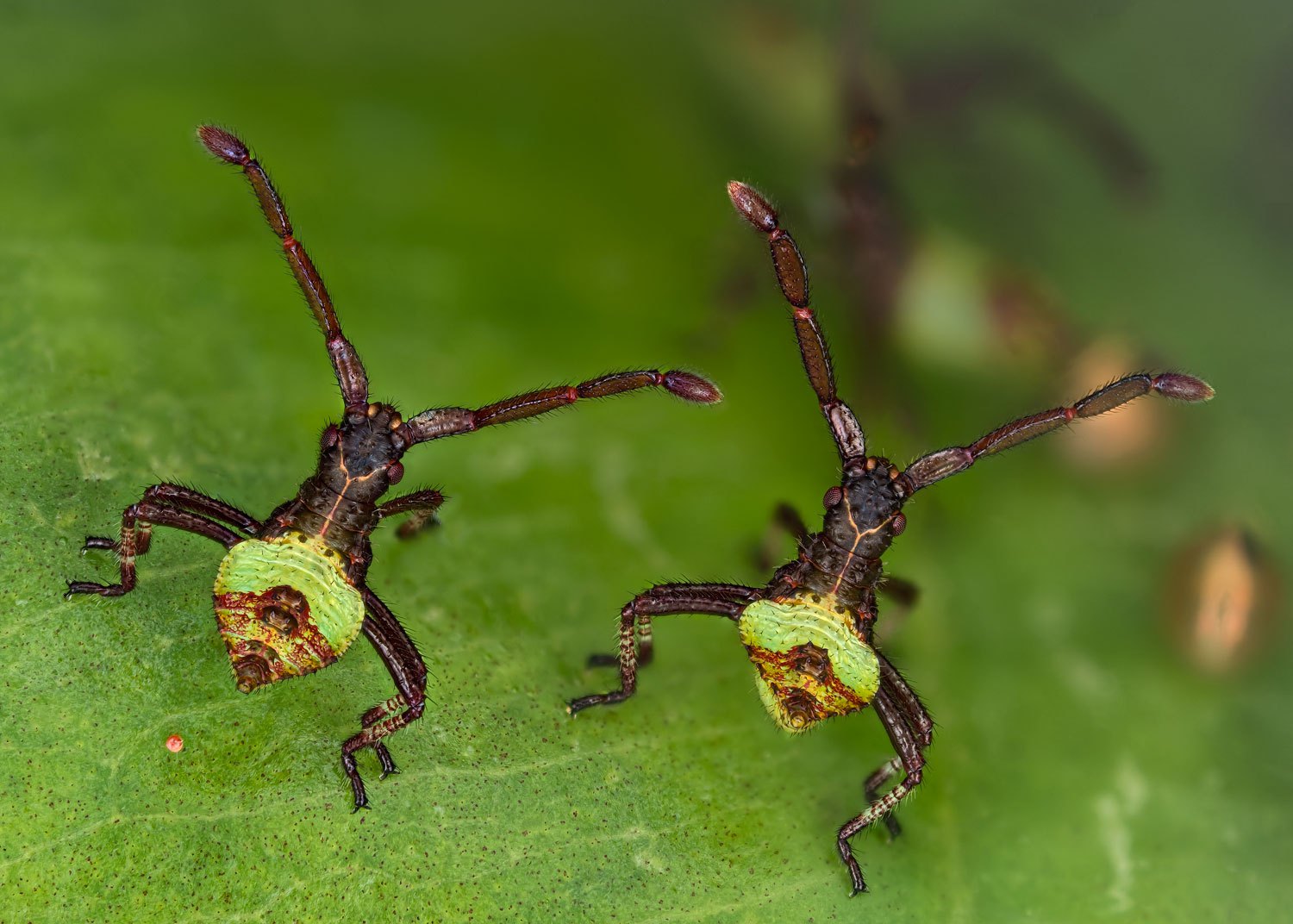
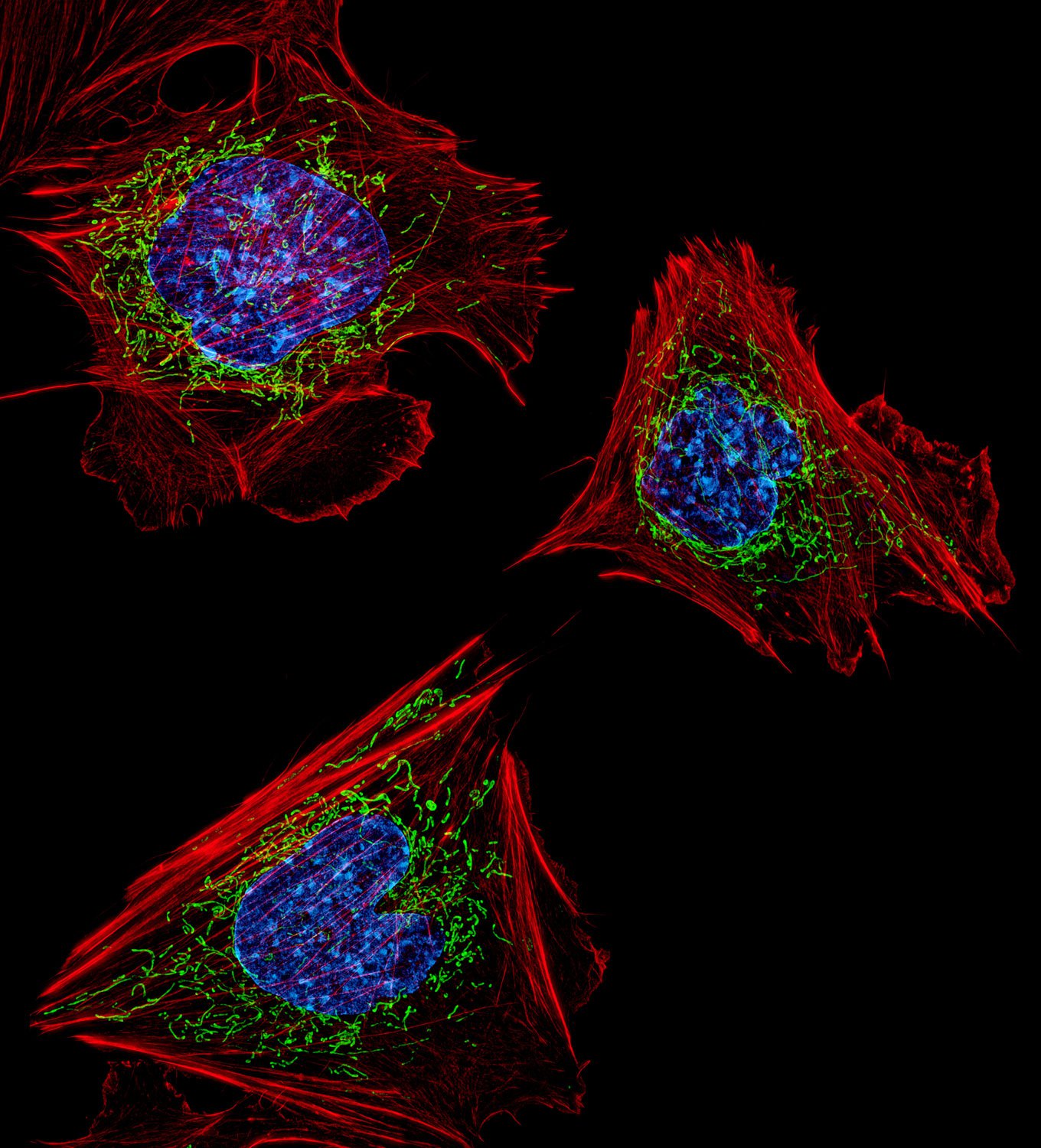
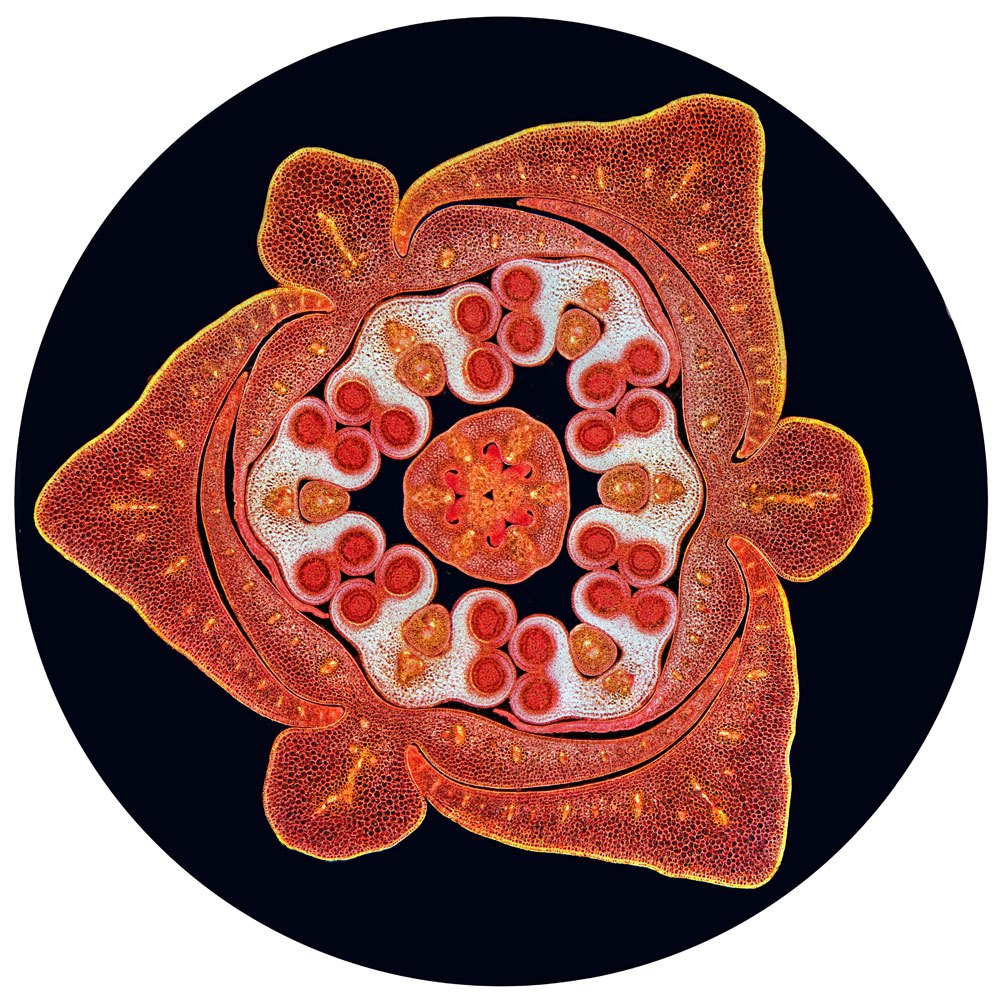
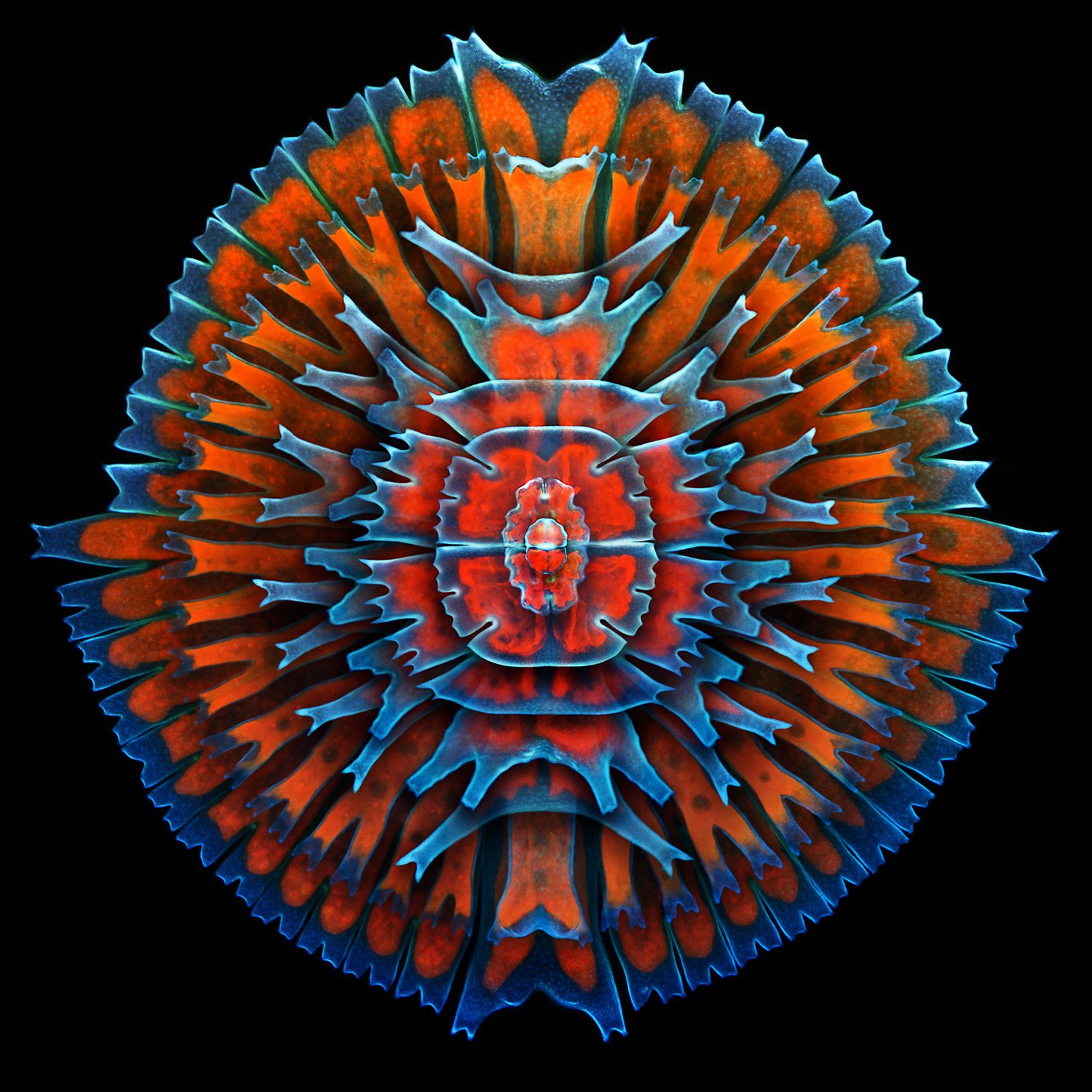
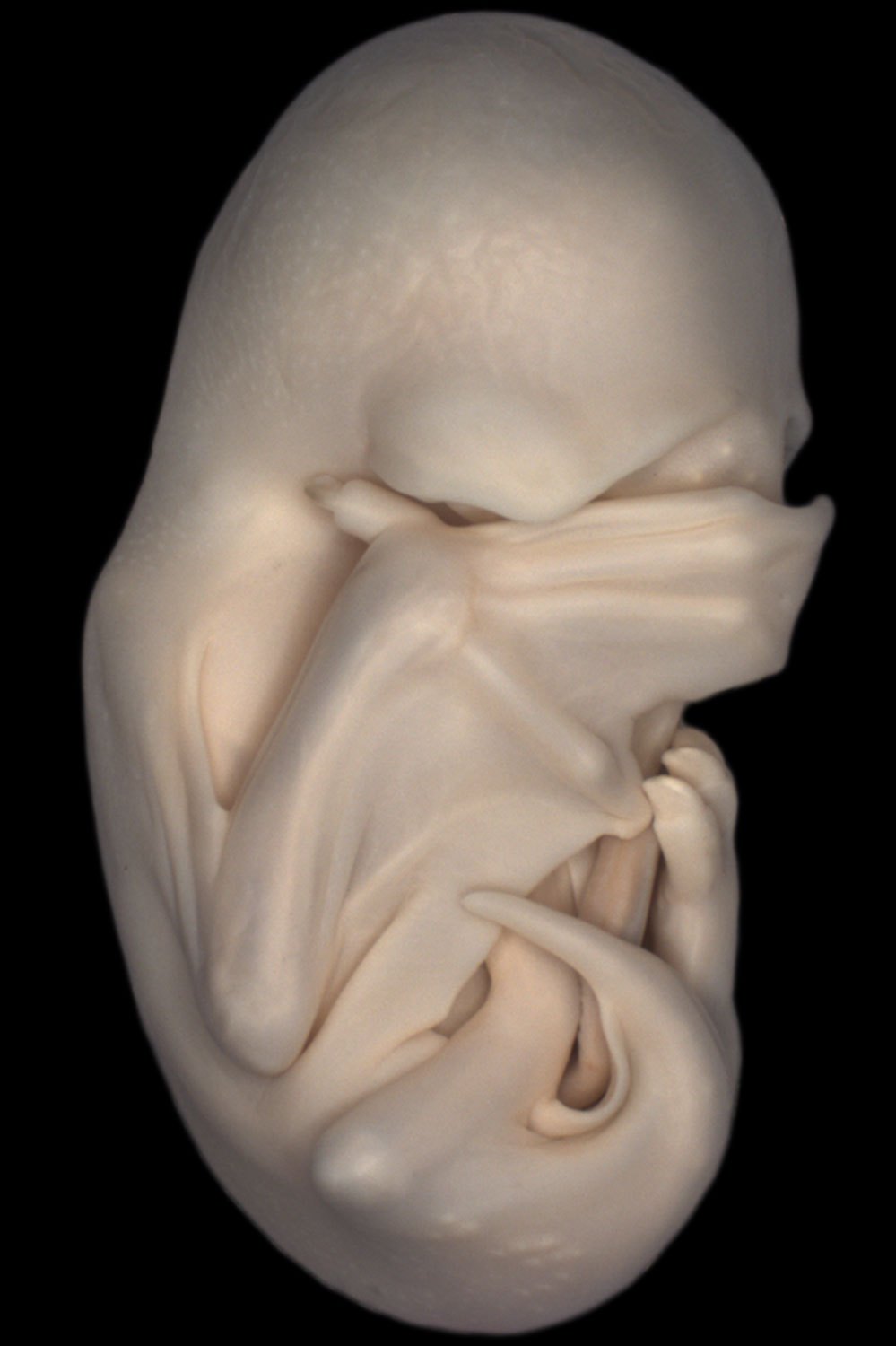
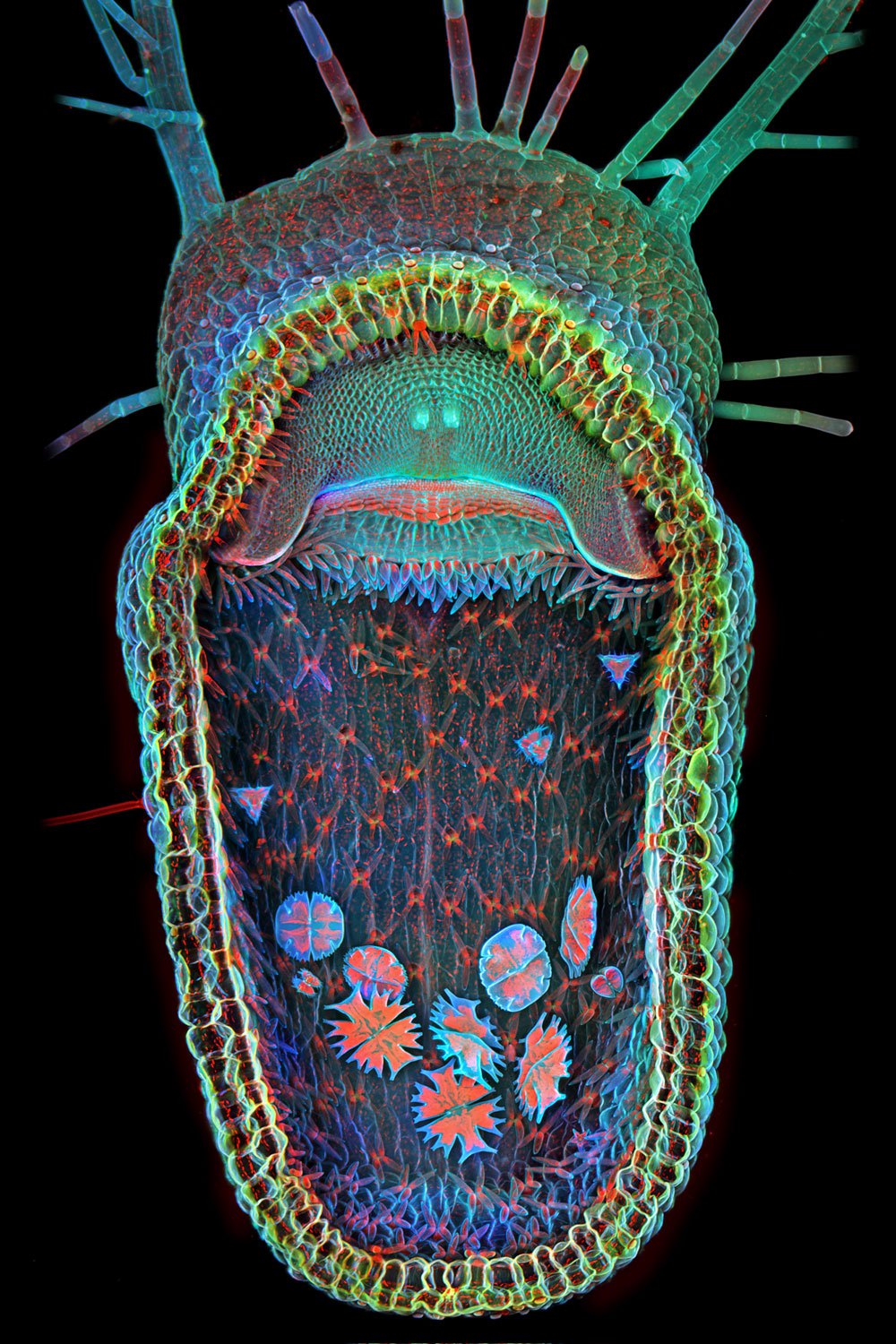
More Must-Reads from TIME
- Cybersecurity Experts Are Sounding the Alarm on DOGE
- Meet the 2025 Women of the Year
- The Harsh Truth About Disability Inclusion
- Why Do More Young Adults Have Cancer?
- Colman Domingo Leads With Radical Love
- How to Get Better at Doing Things Alone
- Michelle Zauner Stares Down the Darkness
Write to Olivia B. Waxman at olivia.waxman@time.com